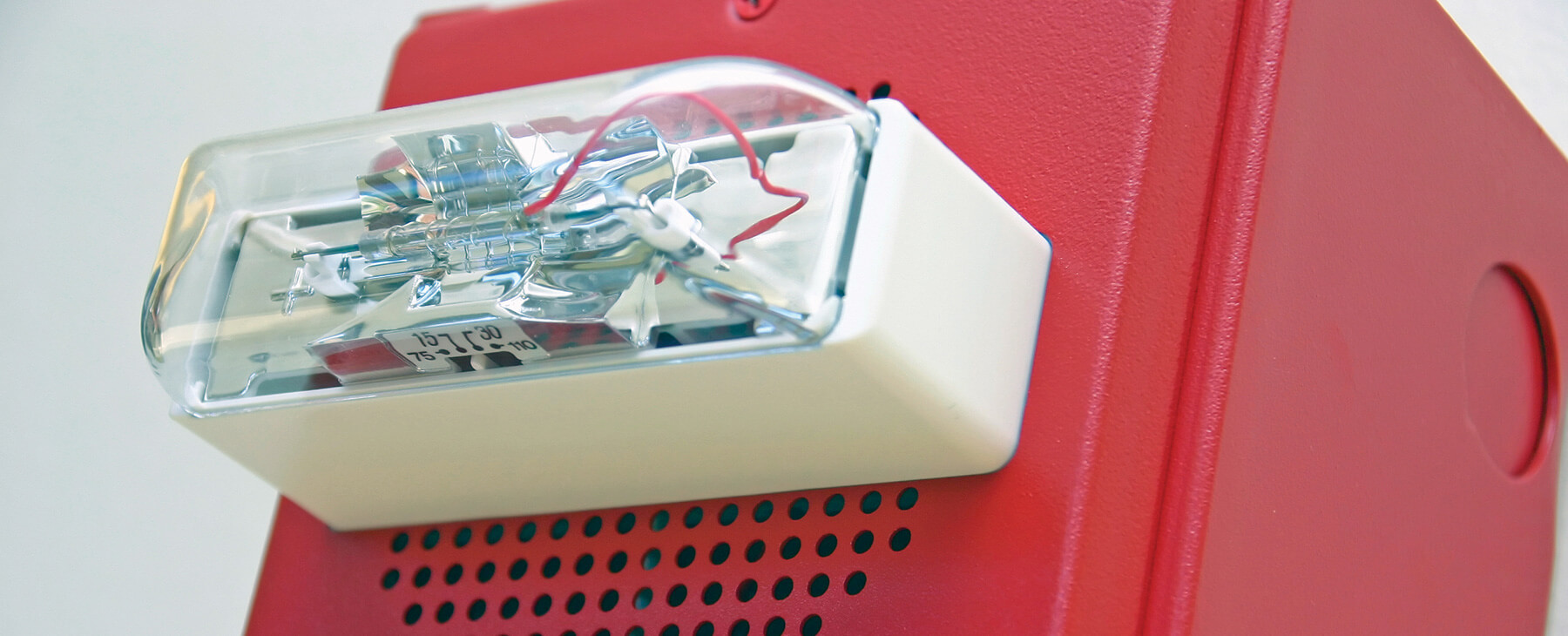Fire Alarm Systems
Fire alarms are an integral part of every fire protection plan. Hiller offers the design of fire alarm systems as well as a range of products by trusted suppliers to detect and warn of fire. In most buildings, the greatest risk of loss occurs when the facility is unoccupied. If there is a fire or security alarm and no one is on the scene to respond, significant loss can occur. This is where Hiller steps in, by providing UL alarm monitoring as a measure of security to protect your assets. Alarm system monitoring reports a security or fire alarm to a remotely located UL listed central station. This station is operated 24/7 by experienced staffed, specially trained in the monitoring of residential, commercial, medical and environmental security.
From addressable fire alarm systems and annunciator panels, Hiller knows fire alarm systems.
Hiller Companies Fire Alarms: Protecting What Matters Most
Welcome to Hiller Companies, your trusted partner in fire safety solutions. With our state-of-the-art fire alarm systems, we are committed to safeguarding your property and the people who matter the most to you. Our comprehensive range of fire alarm products and services ensures that you are prepared for any fire emergency.
Why Choose Hiller Companies for Fire Alarms?
At Hiller Companies, we understand the critical importance of reliable fire alarm systems. Here’s why our fire alarms stand out:
- Advanced Technology – Our fire alarm systems are equipped with cutting-edge technology, ensuring early detection and swift response to potential fire hazards. With features such as smoke and heat detection, our alarms provide round-the-clock protection for your property.
- Customized Solution – We recognize that every property is unique, which is why we offer customized fire alarm solutions tailored to your specific needs. Whether it’s a residential, commercial, or industrial setting, we have the expertise to design and install the perfect fire alarm system for you.
- Compliance and Reliability – With a deep understanding of local fire safety regulations, our fire alarm systems are designed to meet industry standards, ensuring compliance and reliability. You can trust Hiller Companies to deliver solutions that keep you safe and in adherence with all necessary requirements.
- Expert Installation and Maintenance– Our team of highly trained professionals handle
sthe installation and ongoing maintenance of your fire alarm systems, providing you with peace of mind knowing that your safety is in capable hands.
Our Fire Alarm Products and Services
- Fire Alarm Installation -We offer seamless and efficient installation of fire alarm systems, ensuring that your property is protected without disrupting your daily operations.
- Fire Alarm Monitoring -With our advanced monitoring services, we provide round-the-clock surveillance of your fire alarm systems, enabling quick response to any potential threats.
- Fire Alarm Maintenance – Regular maintenance is crucial for the optimal performance of fire alarm systems. Our fire alarm inspection services ensure that your alarm systems are always maintained and in top condition, ready to protect you when it matters the most.
Contact Hiller Companies Today
Don’t compromise on safety when it comes to fire protection. Trust Hiller Companies for cutting-edge fire alarm systems that offer unparalleled protection and peace of mind. Contact us today to learn more about our fire alarm solutions and take the first step towards a safer tomorrow.
